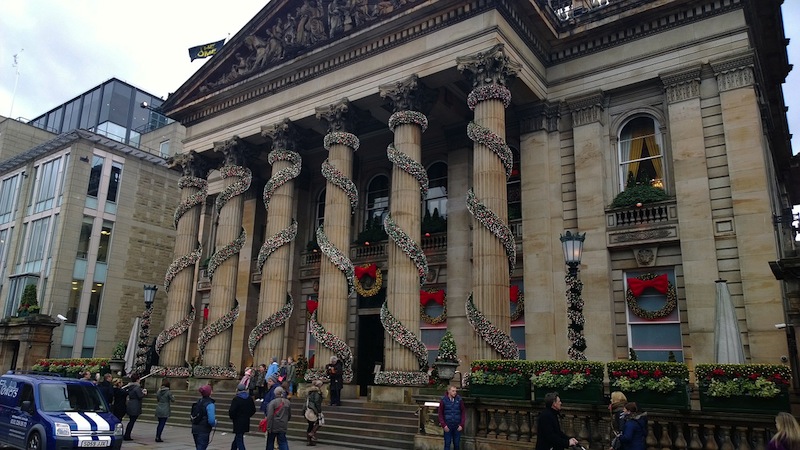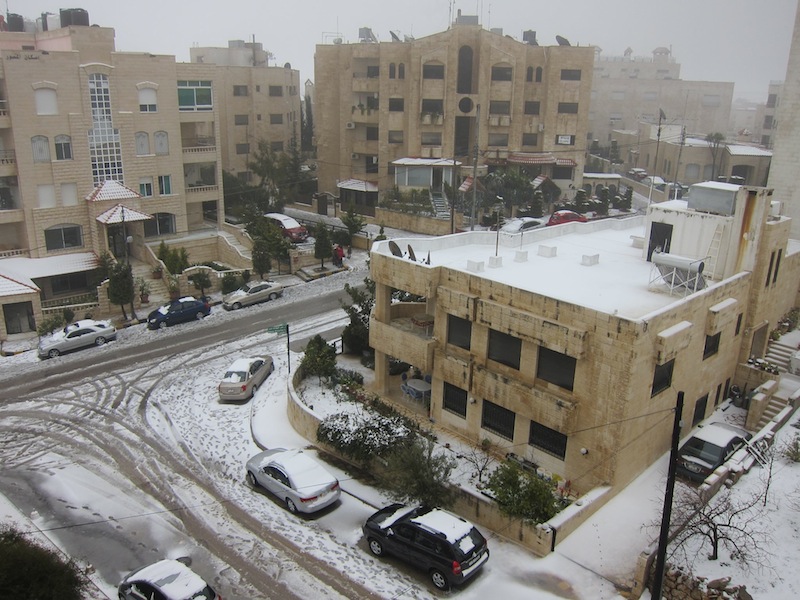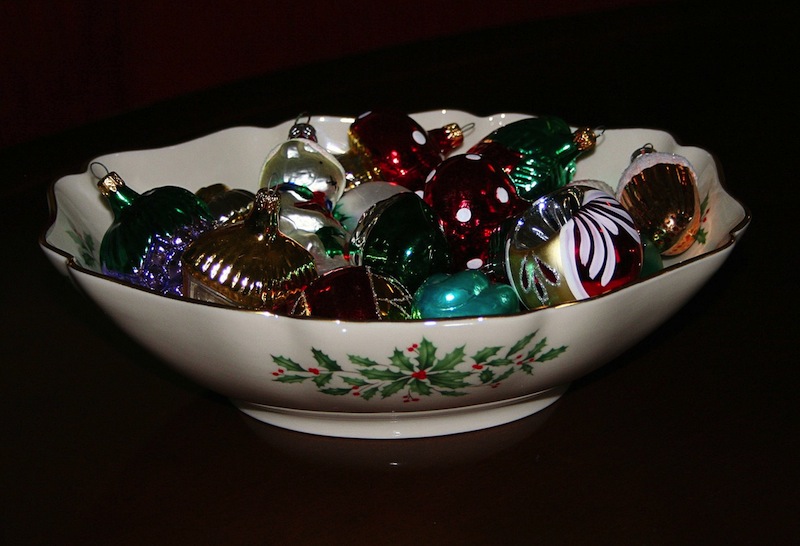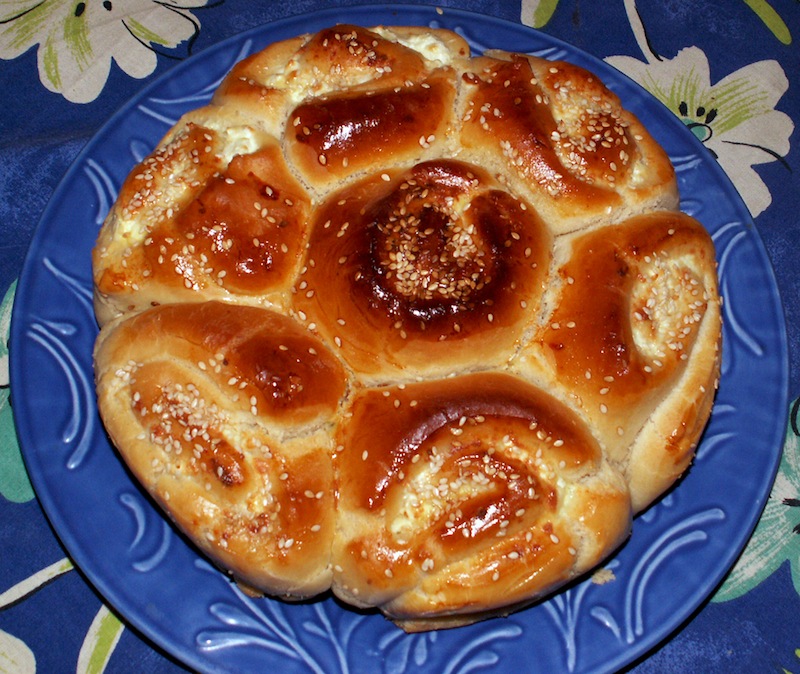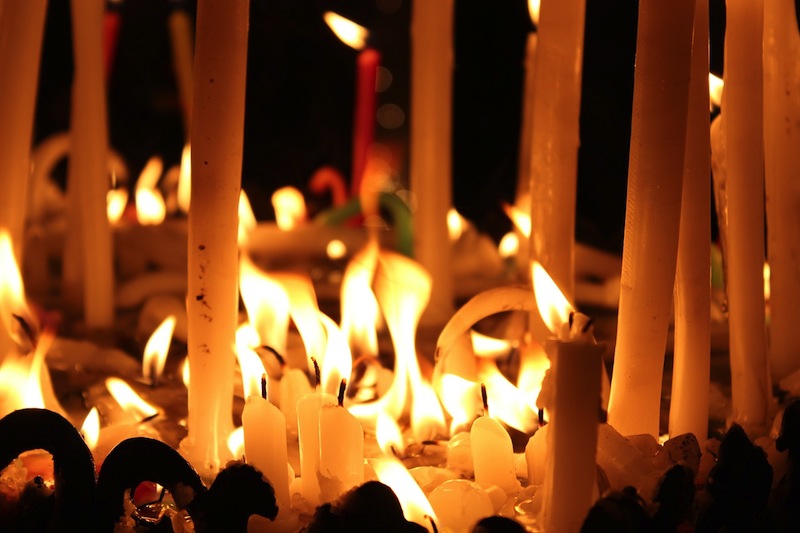
I was born of Armenian parents in 1943 in Valence (France). In those days the Armenian migration was closely linked to the ability to transfer one’s property at the time of the expatriation. The chances to be hired by a potential employer closely pertained to the decision of those who could afford to settle in France.
World War I had just ended. The Rhone valley and the Paris area were the two richest pools of jobs. This explains the high Armenian population density in the areas of Marseilles, Valence, Lyon and Paris. Ten years later, Armenian people living in these French towns would have scattered. This started what we call the Armenian Diaspora.
I well remember the colorful Christmas days of my youth. Though we did not belong to an inner-city ghetto, the Armenian families gathered together, “feeling home” for some joyful hours.
Giraire
Armenia is located along the foothills of the southern part of the Caucasian range, between the Black and the Caspian seas. Two countries where Christianity predominates, namely Georgia to the west and Russia to the north, surround it, while two other countries where the Islamic religion prevails, Azerbaijan and Turkey, border its east and south frontiers, respectively.
Due to its geographic location, Armenia had to suffer various invasions and migrations, as it was making way to invaders and emigrants. However, one of the main consequences has been the conversion of the country to Christianity as early as the First century.
Through the impetus given by St Gregory the Enlightener, Christianity was officially endorsed by the Armenian state in 301, thus becoming state faith. In the year 551 a cleavage occurred between the Armenian Church and the Roman Catholic Church. The Armenian Apostolic Church was founded, based on quarrels about various dogmas during the Dwin Council.
In reaction to the various invasions, in 400 St Mesrop Machtotz designed the Armenian alphabet and began to translate the Holy Bible, thus introducing union in the Armenian population as well as consolidation and perpetuation of the nation.
The Armenian rites are therefore closely similar to those of the Roman Catholic Church.
According to the Armenian Apostolic Church beliefs, the Nativity takes place on 6 January, at Twelfth Night.
According also to the “legend”, the Three Wise Men saw the Evening Star shining in the sky at winter soltice. They therefore set off to arrive in time in Bethlehem for Jesus’ birth on 6 January and offer Him their presents that were gold, frankincense, and myrrh.
As the Armenian Diaspora mainly settled in occidental countries where Catholicism and Protestantism largerly prevail over the other religions, Christmas is celebrated in the evening of 24 December.
Thanks to identical religious references, Armenian people integrated quite fast in their new communities, which means that there are few differences in Christmas celebrations between Armenians’ and natives’ habits and customs. In the very beginning of the Armenian immigration, some families gathered together. Christmas time was an opportunity of singing home carols and dancing on familiar home tunes. However, the successive arrivals of children and grand-children led to the restriction of the circle of friends, Christmas celebrations being limited today to the family.
Christmas dinner, more hearty than usually, gathers round the family, and gifts are exchanged.
As Santa Claus, the Christmas figure in the Catholic tradition, Garante Baba distributes the gifts. To attend the midnight mass in the closest Catholic church, it is not unusual to interrupt the feast.
Christmas dinner opens with mezes, an equivalent of our cocktail snack.
A vast number of appetizers are then served, that are: soudjour (a spiced sausage), pasterma (thin slices of meat covered with a spiced crust), dolmas (grape leaves stuffed with rice), tourchi (vegetables marinated in vinegar, an equivalent of our pickles), beurég (cheese turnovers), hard-boiled eggs, sardines marinated in oil, haricot bean salad, fromage frais (feta, etc.).
The main dish consists of keuftés (fried meatballs) that are served with vegetables (bamia) and boulghour accompanied with very thin vermicelli). To comply with local customs, a roasted guinea-fowl or turkey may take place of keuftés.
Then comes dessert. The most typical one is gatnabour, a sort of rice pudding sprinkled with cinnamon, however pakhlava (nut pastry) is the most classic dessert. It is cooked only for special occasions because its preparation requires hours.
At the end of the Christmas dinner, the table is covered with dried fruits, oranges and tangerines that will stay at everyone’s disposal until the end of the celebration.
Coffee is served with dessert.

